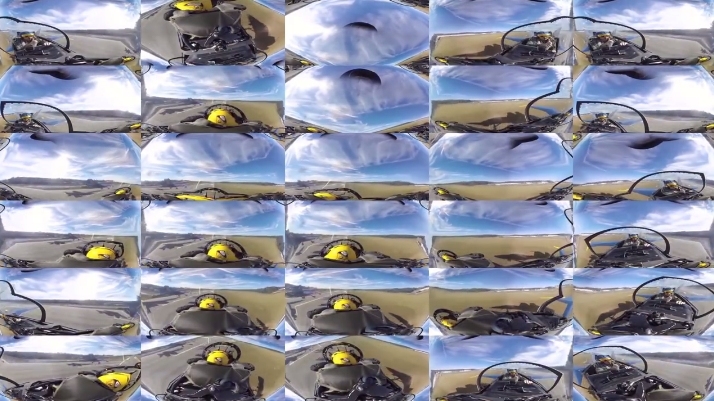It should come as little surprise that Facebook is at the forefront of the 360-degree video push, what with its acquisition of Oculus VR and all. The social network added support for 360-degree spherical videos in its News Feed last September and has continuously worked to optimize the new format.
As Facebook software engineer David Pio explains, 360-degree video and VR present a unique set of complex engineering challenges. Specifically, Facebook had to find ways to remedy warping and keep file sizes within reason while simultaneously retaining an acceptable level of quality.
To do this, Facebook developed software that transforms 360-degree video from the standard equirectangular layout using cube mapping. The technique is often used in computer graphics to represent images that are an infinite distance away from the viewer.

Things get a bit trickier in virtual reality, however, as videos are higher resolution at double the frame rate. In these instances, Facebook replaces the cube with a pyramid layout in which the base of the pyramid is rendered at full resolution while the rest of the video gradually decreases in quality as it wraps around the viewer.
Facebook says the cube mapping technique results in a 25 percent reduction in file size while the pyramid method cuts the file size by a whopping 80 percent.
If virtual reality becomes the next big thing as many are predicting, techniques like this to handle content will be a critical part of the equation.